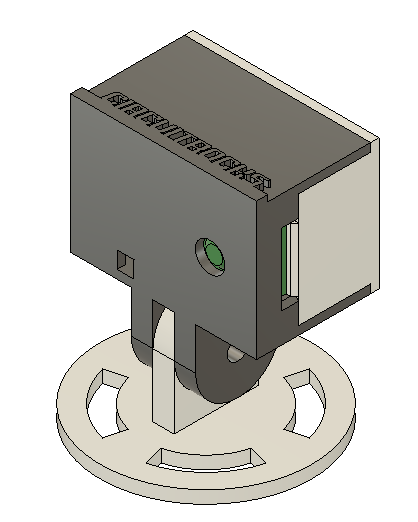dl09
Full Member level 4
Can frequency shift keying be used to send live video over radio waves? At say a resolution of 240 x 460 pixels and 15 frames per second? The images are black and white.
Follow along with the video below to see how to install our site as a web app on your home screen.
Note: This feature may not be available in some browsers.
You mentioned filtering/tone detection, is that determining the intensity of light at each pixel?Yes but its not a trivial design to get the filtering/tone detection right as the
speeds needed challenge the filter accuracy and stability needed. The clocking
needed to get the freq measurement done accurately.....
Whats the depth of grayscale ?
An LVDS link makes this pretty easy and robust, noise immune. There are
many good transceivers for this application.
Regards, Dana.

What are t and v effects?Theoretically yes but an intractable problem at 100 Mhz due to filter
requirements I would think, accuracy, order/Q of filter, T and V effects.
Regards, Dana.